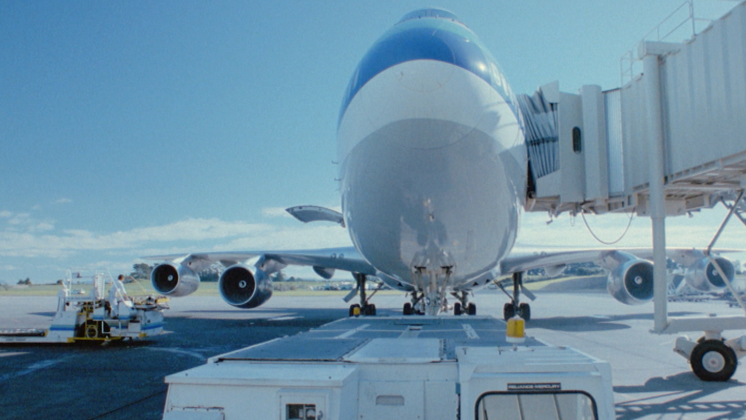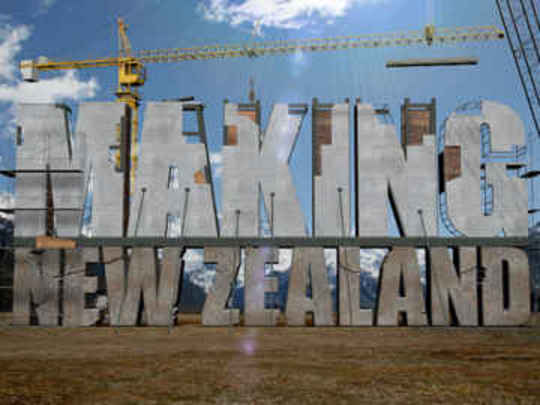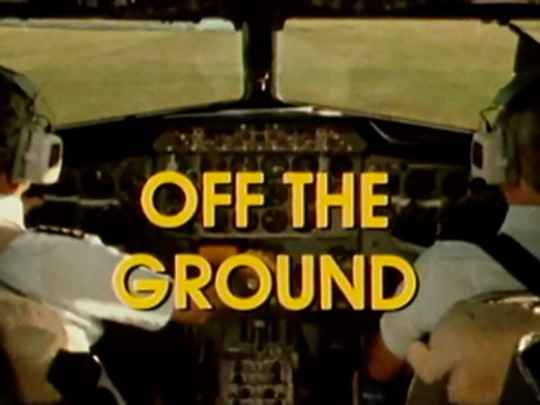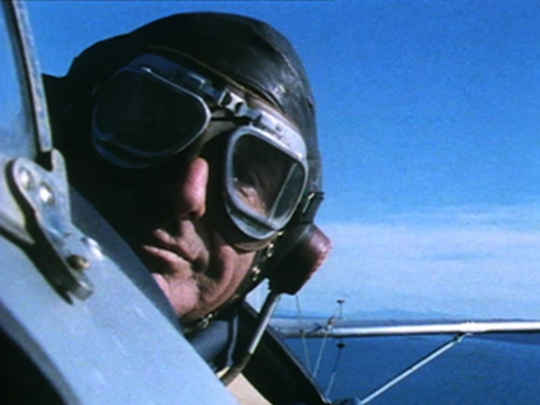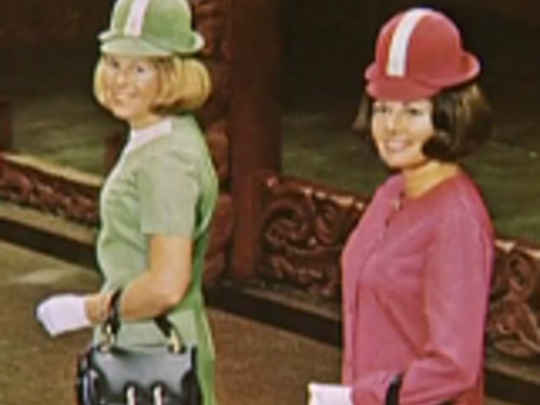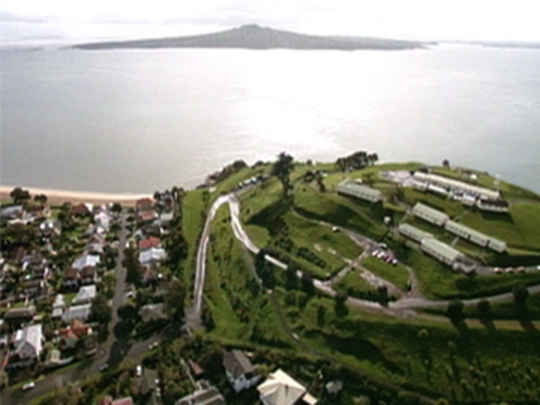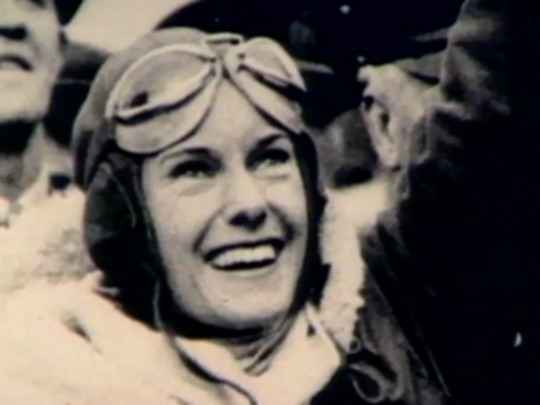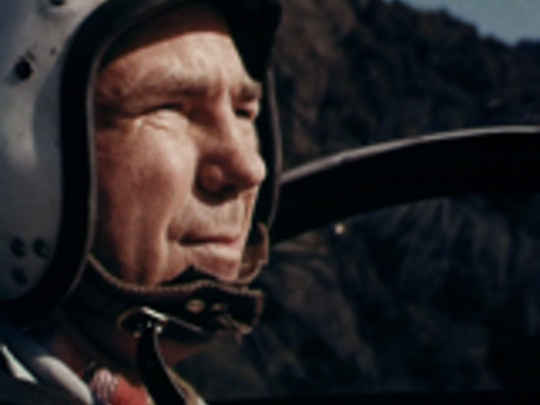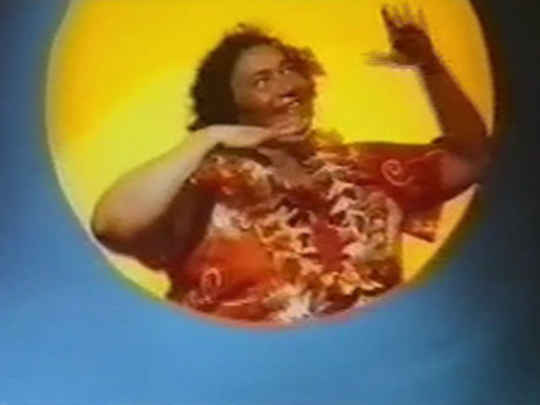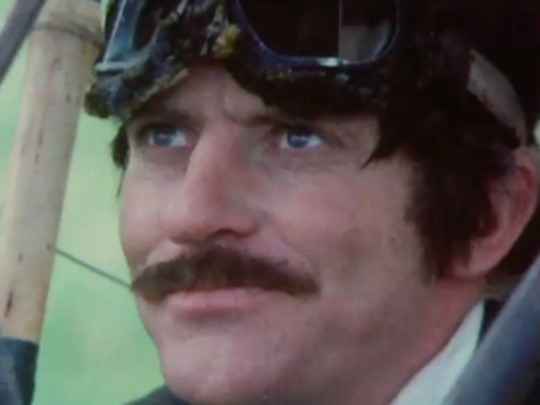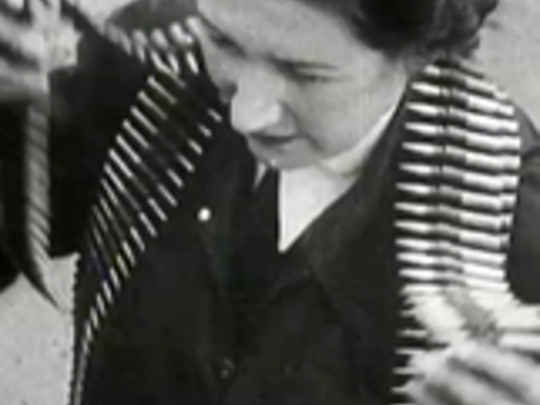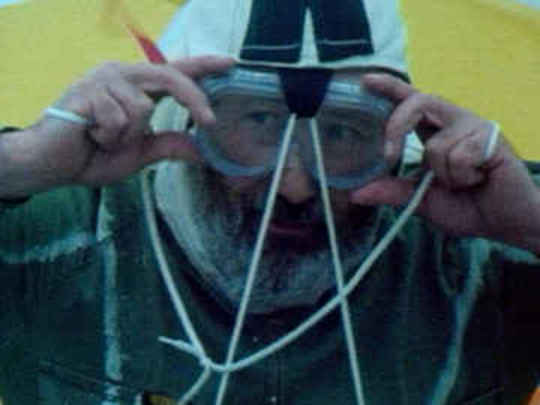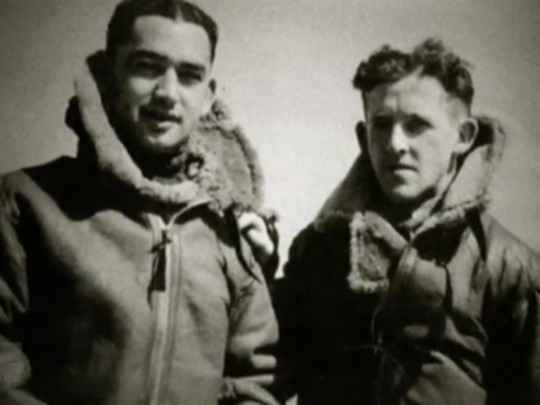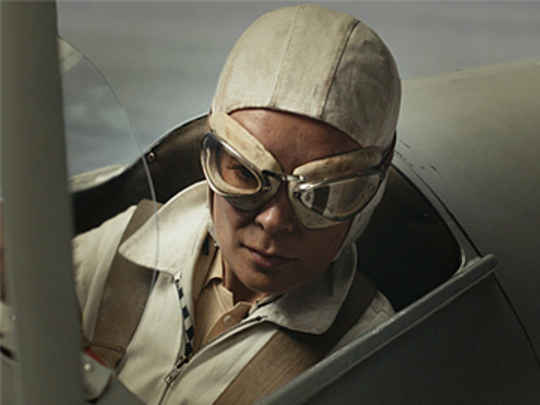Making New Zealand - Aviation
Television (Full Length Episode) – 2018
It was seen as dangerous, it was seen as risky, it was seen as exciting. And there were some injuries, and the occasional death, but really, it was a remarkable testimony to their efforts.
– Aviation historian Richard Waugh on New Zealand's early aircraft pioneers, at the start of this episode
The Tiger Moth, for me, is one of the most special airplanes that I've ever flown. It's that freedom — when you're sitting there, and the sun's on your face, and the air is flying through your hair, some people would say you're closer to god.
– Vintage aircraft expert Peter Hendriks
All the meals were cooked on board. We had silver cutlery, we had fine china. People were allowed to smoke on the aircraft. It was something very special. People would wear furs, hats, long gloves, high-heeled shoes, and even corsets. And if you're sitting for six to eight hours in an aircraft, and not a lot of room to move around, and you're eating two and a half meals, a lot of ladies had to have their corsets unlaced in the powder room down the back.
– Janet Beech recalls her time as an air hostess for airline TEAL in the 1950s
My wife was a stewardess, and glamour-wise, the only thing below her was film stars and models.
– Guy Clapshaw, who flew for Air New Zealand from 1965 until 1999
The invention of aircraft revolutionised our lives. They put an end to centuries of enforced geographical isolation. Journeys that had taken months over land and sea shrank to just a few hours. Through trial and error, a civil aviation industry was born, opening up a world of opportunities for New Zealanders to become travelers, traders and tourists.
– Narrator Mark Clare introduces the episode
...they eventually made landfall in New Zealand, and touched down in Christchurch. And there were about 30,000 of the public there to witness the first time an aircraft had come from overseas to touch down here in New Zealand.
– Aviation historian Richard Waugh on Australian Charles Kingsford Smith and his crew crossing the Tasman in September 1928
It was used to train many aviators during the First World War . . . It has instructions right on the instrument panel, but they only tell you how to turn left. It was dangerous turning to the right because it would dive into the ground. Turning to the left would allow the airplane to climb . . . on a windy day they're almost unmanageable.
– Vintage aircraft expert Eugene DeMarco on the Avro 504K plane, which WWl bomber pilot Euan Dickson used on the first flight across Cook Strait, on 25 August 1920
The Viscount was a dream to fly, as long as you were strong. It did not have power controls. The controls on it were about the end of human endurance.
– NAC pilot Brian Dunn on flying the Vickers Viscount
We flew through the weather — unpressurised. Even cloud. No weather radar; you couldn't see what you were going to go through, and therefore you had to have a mental attitude that would let you handle all these stresses.
– NAC pilot Brian Dunn on flying planes in New Zealand, in the days before radar
..the Labour Government took air travel out of the hands of private enterprise, and established the country's first state-owned airline: National Airways Corporation.
– Narrator Mark Clare on the birth of NAC in 1945
NAC relied on pilot expertise to get their passengers safely to their destinations. But without technology like radar to guide the plane through mountainous terrain, it was only a matter of time before something went wrong.
– Narrator Mark Clare on fatal crashes by planes from national airline NAC, in 1948 and 1949
Throughout the 50s, NAC was expanding fast . . . to cope with increasing demands, hostesses were introduced on both NAC and TEAL flights.
– Narrator Mark Clare on changes in New Zealand air travel
